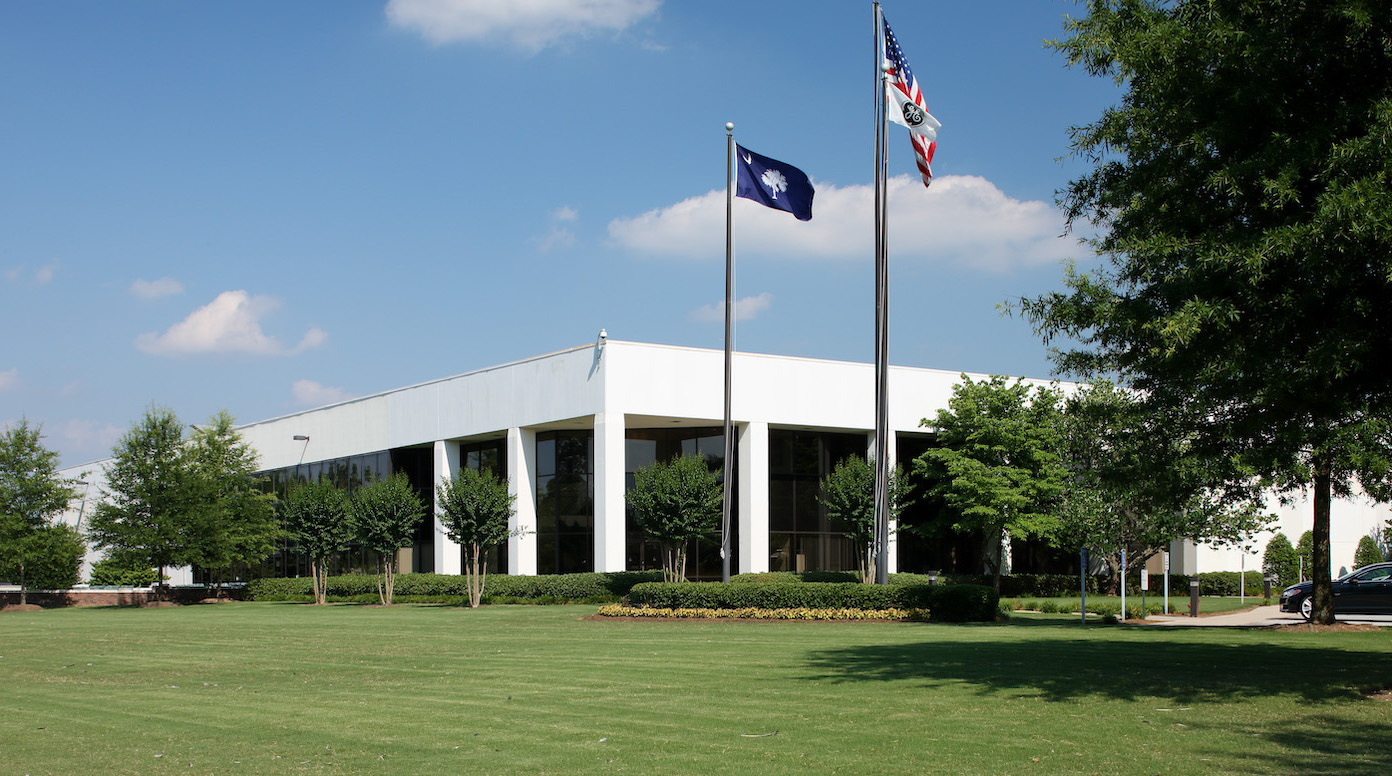Utilities around the world have been using turbines fueled by natural gas to generate electricity for decades. Power companies have long been drawn to their greater efficiency over earlier forms of electric generation, and their ability to power homes with fewer carbon emissions.
But that doesn’t mean gas turbines aren’t evolving. Just take a look at GE’s most advanced gas turbines — the 7HA and the 9HA. Since 2014, when the first combined-cycle power plants began using GE’s HA technology, their efficiency — the measure of how well they convert fuel to power — has surpassed 60% for the first time. (A combined-cycle power plant harvests the waste heat from the gas turbine to boil water and power an attached steam turbine for more efficiency.) A plant in France equipped with a GE 9HA model passed 62% efficiency in 2016, followed soon after by a 7HA-equipped plant in Japan that pushed beyond 63% efficiency. These achievements established successive world records for combined-cycle efficiency.
Now GE and the U.S. Department of Energy are working to find new ways to push efficiency higher. This week, DOE’s Advanced Research Projects Agency-Energy (ARPA-E) awarded $4.2 million to GE Gas Power for research that aims to lower carbon emissions from gas turbines. This funding comes specifically from the ARPA-E OPEN 2021 program, which prioritizes the advancement of transformational technologies supporting a more decarbonized energy system. If successful, the ARPA-E-funded research may be able to contribute to bringing efficiency improvements to the 65% range and beyond while reducing the energy required to make the turbines. The technologies also will be able to enable use of hydrogen, a carbon-free fuel.
The funding will go toward two exciting projects. The first will investigate a novel “lifted-flame” combustion approach for advanced gas turbines powered by natural gas and hydrogen. In a lifted-flame system, the flame in the combustor is not attached to the injector. This method can reduce emissions but presents other challenges that this research hopes to overcome.
Preliminary testing of the combustion technology will be conducted in Atlanta at the Georgia Institute of Technology, a leading research university in engineering and gas turbine combustion. The rest of the work will take place at GE’s Gas Turbine Technology Center in Greenville, South Carolina.
The research could also help increase the use of hydrogen fuel in gas turbines, which emits no carbon during combustion. GE has been a leader in hydrogen projects and R&D, carrying out projects with utility companies in Ohio and two sites in New York state, as well as others overseas, to introduce small percentages of hydrogen — so far about 5% or 10% — into their fuel mixes. Green hydrogen, which uses renewable electricity to split water molecules and produce oxygen and hydrogen, is of particular interest, because it presents the possibility of power generation with zero carbon emissions during fuel production or combustion.
Jeffrey Goldmeer, emergent technologies director for decarbonization at GE Gas Power, says the technology that could result from ARPA-E’s funding has the potential to be transformative for high-hydrogen and post-combustion carbon-capture applications. “Our goal of increasing gas turbine combined-cycle plant efficiency by 5 or more percentage points in the next decade will position GE’s technology to help lead the energy transition,” he says.
The second project involves the casting of furnaces and metal components for industrial gas turbines. GE’s team, working in cooperation with DDM Systems, a precision casting company, envisions a “Digital Foundry” that will employ 3D-printed ceramic mold technologies that would dramatically modernize a casting method called investment casting. The idea is to make castings as much as ten times faster, with 90% less energy than traditional methods, at half the cost.
Taken together, these two ARPA-E-funded projects offer the potential to improve the efficiency and hydrogen capabilities of GE’s gas turbines while reducing the energy needed to make these products.
Top: The Gas Turbine Technology Center, in Greenville, South Carolina. Image credit: GE Gas Power.
